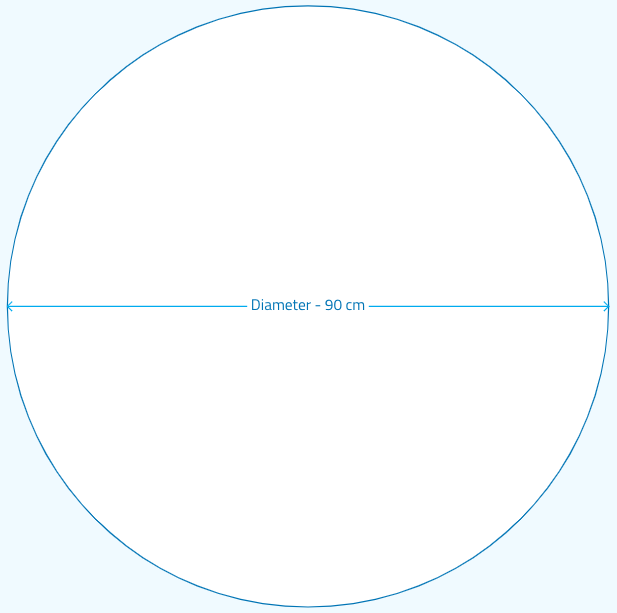What kind of material is polythene?
The material polyethylene is also known as polyethene or PE. The material may call itself the most widely used plastic in the world, thanks to its unique properties and favourable price-quality ratio. Polyethylene is a popular choice in many different industries and has many different applications. There are many different subtypes of the material polyethylene, each with its own designation. Some of these subtypes are known by different abbreviations. Below is a table showing the different types of polyethylene and their different designations.
| Type | Material | Abbreviation |
|---|---|---|
| Main type | Polyethylene, polyethylene | PE |
| Subtype | High Density Polyethylene | HDPE |
| Subtype | Low Density Polyethylene | LDPE |
| Subtype | Lineair Low Density Polyethylene | LLDPE |
| Subtype | High Molecular Polyethylene | HMPE 500 |
| Subtype | Ultra High Molecular Polyethylene | HMPE 1000, UHMPE |
Polyethylene is the generic name of this material. Polyethylene has a number of subtypes that have distinctive properties thanks to their molecular density, linearity or molecular weight. High molecular density provides the impact-resistance and rigidity in PE. You stretch it less easily and it can take a beating.
On the other hand, LDPE, with its low molecular density, is more flexible and softer. LLDPE has a special structural structure. The monomers have shorter branches and therefore have a linear structure in the polymer in which they can slide past each other. LLDPE owes its flexibility to this. You can keep stretching it without breaking it.
The PE types with high molecular density have molecules with a relatively high weight. They are much harder and HDPE is more wear-resistant thanks to this molecular density. HMPE 1000 is even harder compared to the HMPE 500 variant. Its molecular density is even higher.
The advantages of polyethylene
Polyethylene has many advantages, below we have listed the 10 most important properties for you.
An indestructible material
The polyethylene we offer is high-density polyethylene (HDPE). Thanks to this relatively high density, the material is tough, impact-resistant and wear-resistant. Polyethylene is also highly resistant to chemicals. Polyethylene is also frost-resistant. This makes it a popular material in the food industry.
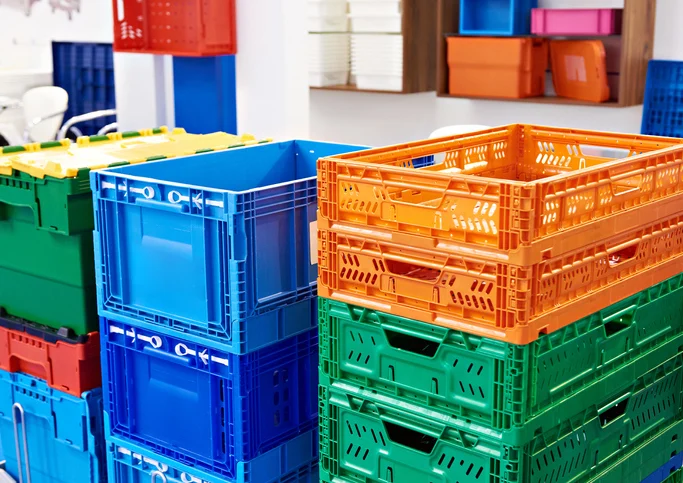
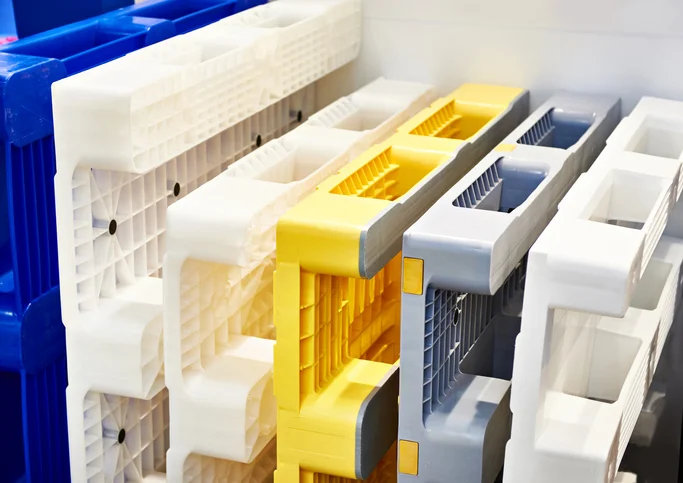
What is polythene often used for?
Polyethylene is often used in wet conditions such as tanks and other outdoor applications. This material is favoured for its good hygienic cleanability and long service life. Common applications of polyethylene include:
- Pipe systems
- Toys and appliances
- Packaging
- Pallets
- Waste containers
- Crates
- Cutting boards
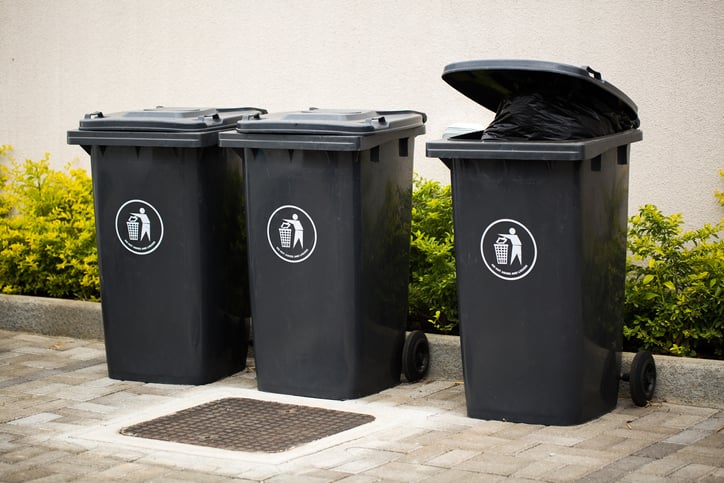
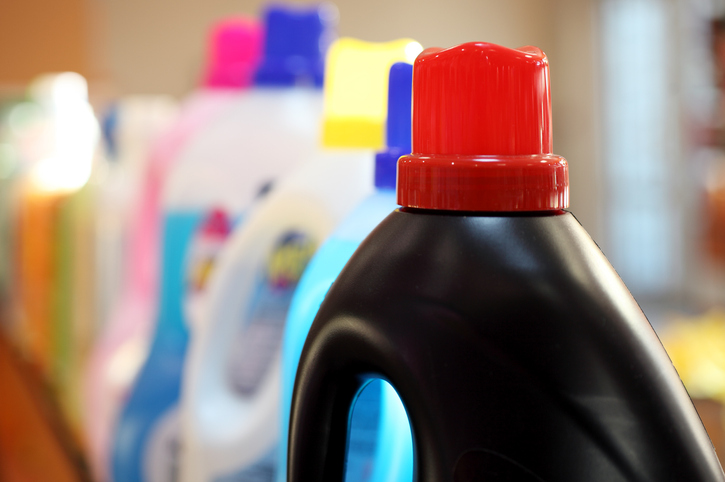
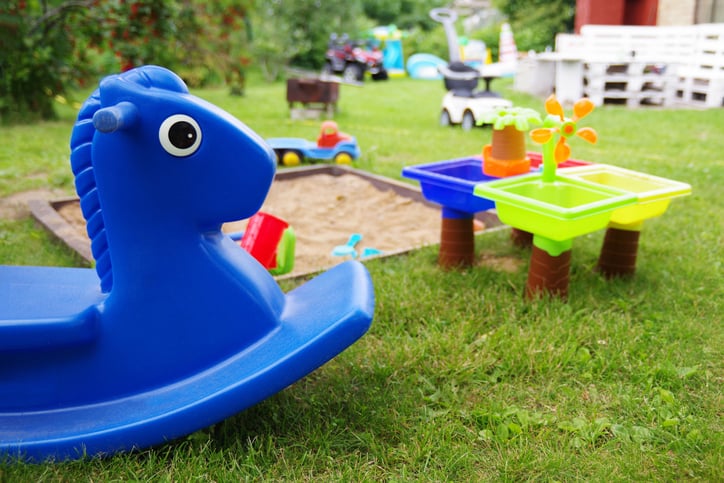
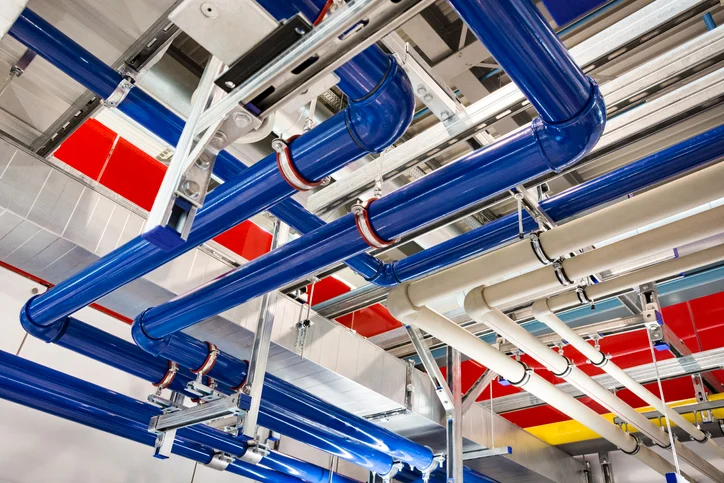
Technical properties of Polyethylene
Polyethylene is a flexible material. It stretches and yields without breaking. This is demonstrated well in toys, which have to endure a lot. However, if you break the surface of the plastic, there is a risk of tearing.
In the world of water applications, polyethylene is particularly common. Think of a lifejacket or a buoy. Dirt and bacteria have a hard time adhering to this material, and it can also withstand many chemical substances.
A feature to consider is its UV resistance. Polyethylene, especially the white-coloured variety, is sensitive to UV light. It can discolour and become somewhat brittle.
Read more about the different properties of polyethylene here.
| Colour | Black |
| Surface finishing | Smooth |
| Durability | Recyclable |
| UV-resistant | Yes |
| Operating temperature | -50 up to 80 °C |
| Moisture proof | Yes |
| Fire class | B2 |
| Density | 0.95 g/cm³ |
| Modulus of elasticity | 800 MPa |
| Tensile strength | 23 MPa |
| Max. elastic elongation | 9% |
| Impact resistance | 20 Kj/m² |
| Hardness | 64 Shore D |
| Thermal expansion | mm/m/10 °C |
Processing possibilities of polyethylene
One of the most important properties of polyethylene is that it is a thermoplastic. This means that when you heat polyethylene, the material softens. This makes polyethylene easy to process.
The material polyethylene is therefore suitable for a wide variety of applications. You can even weld the material: for example, water and gas pipes. However, polyethylene cannot be stickered or glued because of its property, that it hardly adheres.
How is polyethylene made?
Polyethylene comes from petroleum. The carbon compounds in it form chains of polymers. These polymers become organised next to each other, this is called crystalline. Granules are made from these polymers, which are then melted and processed into sheets.
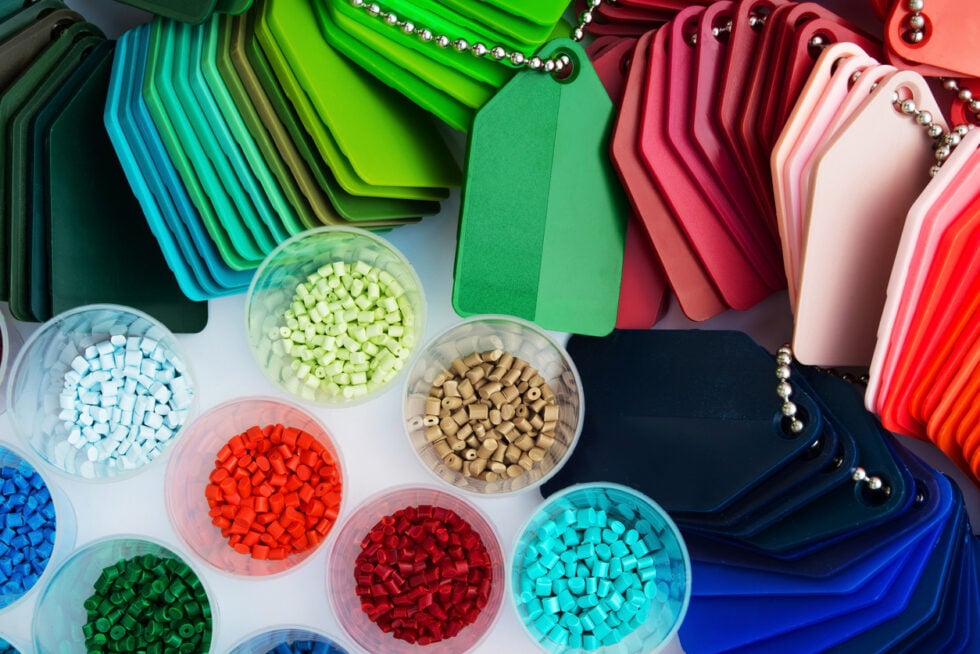
Toxicity and environmental impact
Polyethylene is a durable material that needs to be handled with care. In fact, due to its long lifespan, it is harmful if it ends up in nature. It is therefore important to recycle the material at the end of its life. HDPE can therefore be 100% recycled.


